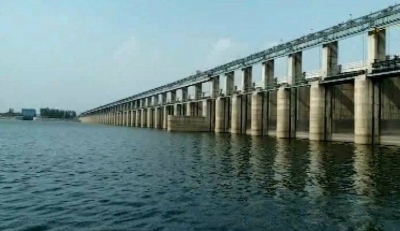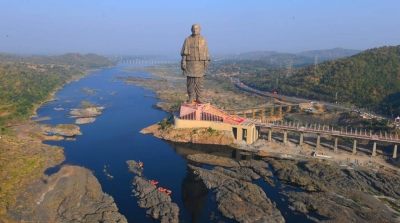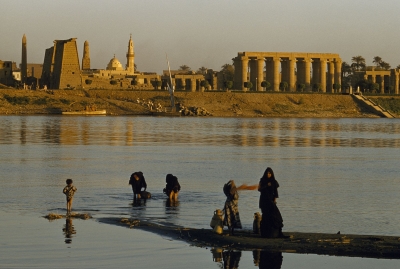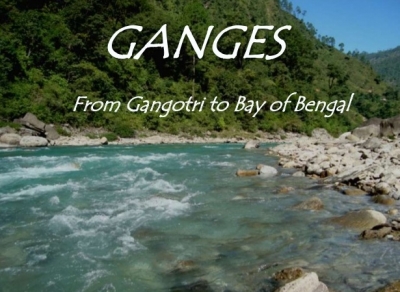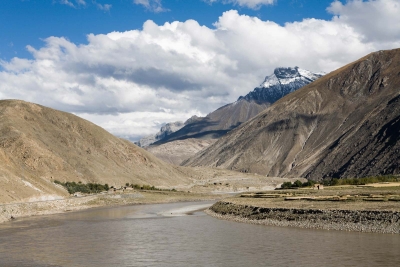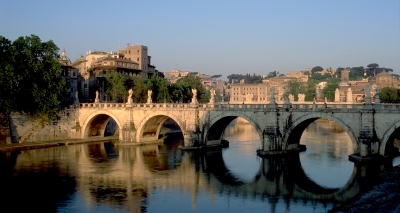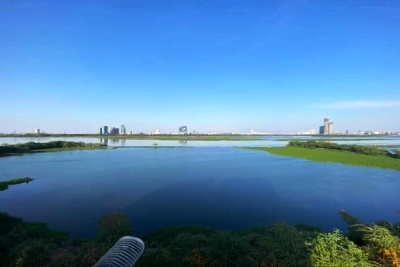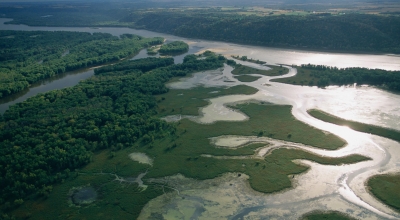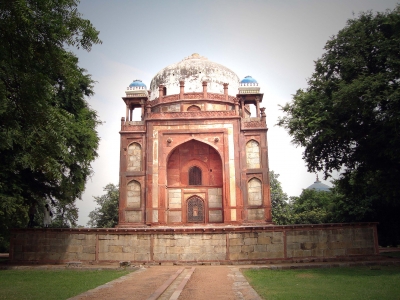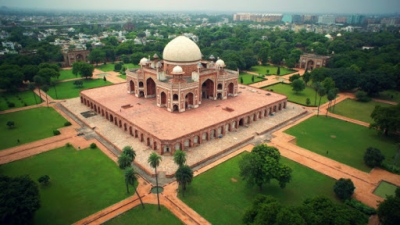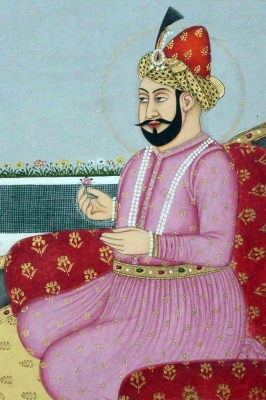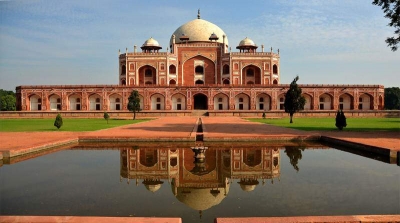According to legend, which sage is associated with the creation of the river Cauvery?
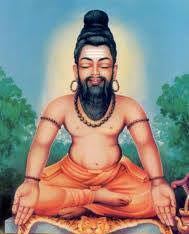
River Cauvery representing the most important of the five elements — ?pas (water) — is drawing close to its holy Pushkaram season. We prepare for the rituals with prayerful anxiety for a return to the days of plentiful flow that had been our everyday experience half a century earlier.
From Kodagu (Coorg) in Karnataka to Puhar (Kaveri-p-poompattinam) in Tamil Nadu, the Cauvery flows along 765 km. There is the prologue to the epic Manimekalai, which refers to the Cauvery coming to the Chola region. King Kantaman’s penance to quench the thirst of his land that was struck by drought moved Sage Agastya, who poured out water from his kamandala to flow forth as a river.
Legend might be a shadow of the past. Not so history. From its rise in the Sahyadri Hills, the Cauvery keeps rushing through the creation of great kingdoms, royal rivalries, innumerable battles and a readiness to give up one’s life to make a statement for the coming generations.
Picture Credit : Google
